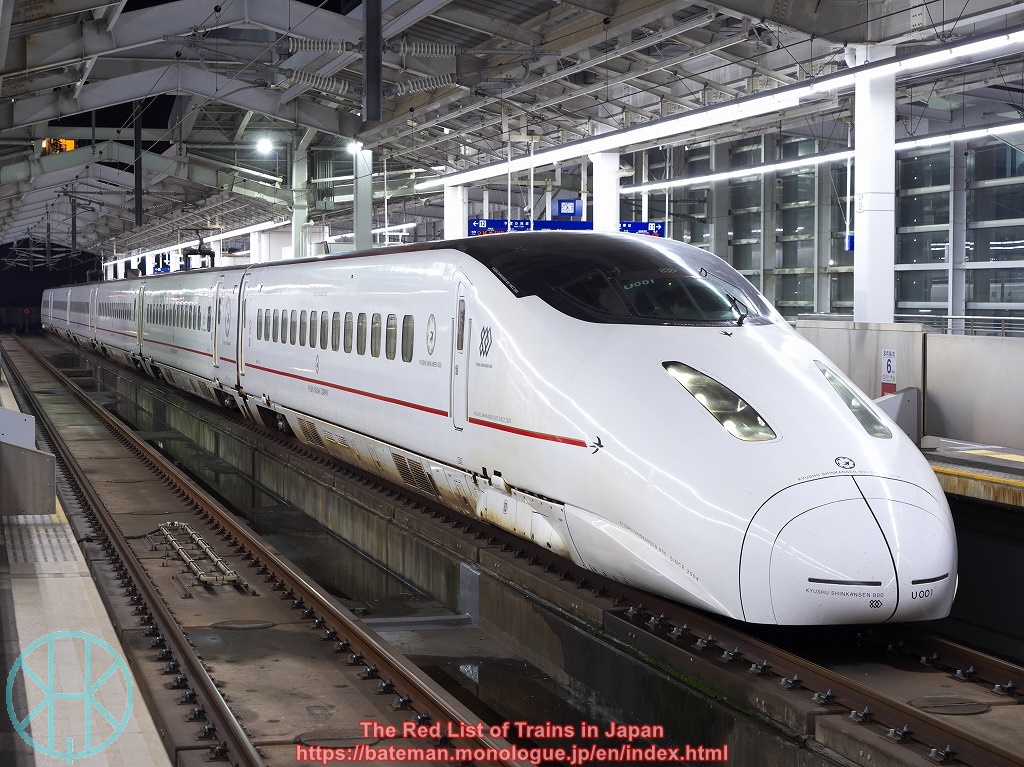There is often a connection between a railway and religion. For example, Keikyu, which is now known as an airport rail link between Haneda Airport and Tokyo, was initially built to transport prayers visiting Heiken-ji temple (Kawasaki Daishi). There are a few other railways opened for a similar purpose, and Kotoden might be one of the most interesting examples in Japan, as all of its lines have a strong connection with religion.
Kotoden, officially Takamatsu Kotohira Electric Railroad, is a small private railway company with three lines (Kotohira, Nagao and Shido Lines) in Kagawa Prefecture, western Japan. They are ordinary commuter railways today, but they were once heavily used by worshippers and pilgrims visiting temples and shrines, which most people overlook these days.
Kotohira Line
Kotohira Line is the longest and most used one amongst the three lines, connecting Takamatsu-Chikko (which is close to JR Takamatsu station and the port) and Kotoden-Kotohira. The line is 32.9 km (20.4 miles) long, and a journey on the entire line takes about an hour.
Kotohira is a town known for the largest shrine in the region called Kotohira Shrine (also known as Kompira shrine), which has been one of the most famous and authoritative patrons of maritime transport in the country for more than 400 years. Ferries and boats are not as common today as they used to be, but the shrine still attracts millions of sailors and tourists every year.
Kotohira Electric Railway opened in 1926, and extended to Kotohira in the following year to transport visitors to the shrine. It was one of four railways constructed for the shrine, showing how high the demand was back then. Even after Kotoden was established in 1943 amidst the war, Kotohira Line remained an important railway in the region. However, as the visitors gradually shifted to road transport, Kotoden has concentrated on local residents going to work, school or for shopping rather than tourists coming from other part of the country.
Even so, not a few visitors to the shrine still use the line. Kotohira station is also served by JR Dosan Line, but Kotoden outweighs JR when it comes to a journey between Takamatsu and Kotohira. To put it simply, Kotoden is more convenient and cheaper.
Nagao Line
Nagao Line is a 14.6 km (9 miles) long railway that branches off at Kawaramachi, opened in 1912 by Takamatsu Electric Tramway. The line is mostly in residential area, used by commuters and students during rush hours but quiet at off-peak times.
Nagao Line had been used by pilgrims visiting Nagao-ji temple, one of the 88 temples of the Shikoku Pilgrimage. It was so hard that not a few pilgrims lost their lives in the past, but it gradually became a casual trip as railways and roads were built. Nagao Line was part of it.
The number of pilgrims has declined over decades, but the number of foreign tourists visiting temples is gradually increasing, probably because The New York Times referred to it in 2015.
Shido Line
Shido Line is a 12.5 km (8 miles) long railway connecting Kawaramachi and Kotoden-Shido, opened in 1911 by Tosan Electric Tramway. According to Kotoden's official website, both Nagao and Shido Lines were initially served by small trains for tourists. Shido Line lies close to the sea, attracting both tourists and local residents going on an outing.
Kotoden-Shido is close to Shido-ji, another temple that is part of the Pilgrimage. In addition, two more temples, namely Yakuri-ji and Yashima-ji, are close to Yakuri and Kotoden-Yashima stations on the line. There is even a funicular near Yakuri station, which transports not only pilgrims to the temple but also those going for hiking. There was also another funicular at Yashima, though it was closed 20 years ago.
Yashima is known for an old battlefield. There was Battle of Yashima on 22 March 1185, in which the Minamoto and Taira clans fought against each other (Genpei War). This battle is also well known in Japanese literature (Tale of the Heike), which almost of all Japanese students at secondary school learn.
Not a few Japanese people focus on the battlefield, but Yashima-ji should not be forgotten. While the funicular has already been closed, there is a bus from JR Shido or Kotoden-Shido stations, making it easy to access to the temple.
Kotoden might just be a mundane rural railway with old-fashioned trains at first glance, but given its history and connection with religion, it might look a little more interesting. Note that these temples and the shrine are places of worship, so any boisterous or disturbing behaviour is not accepted.


















































